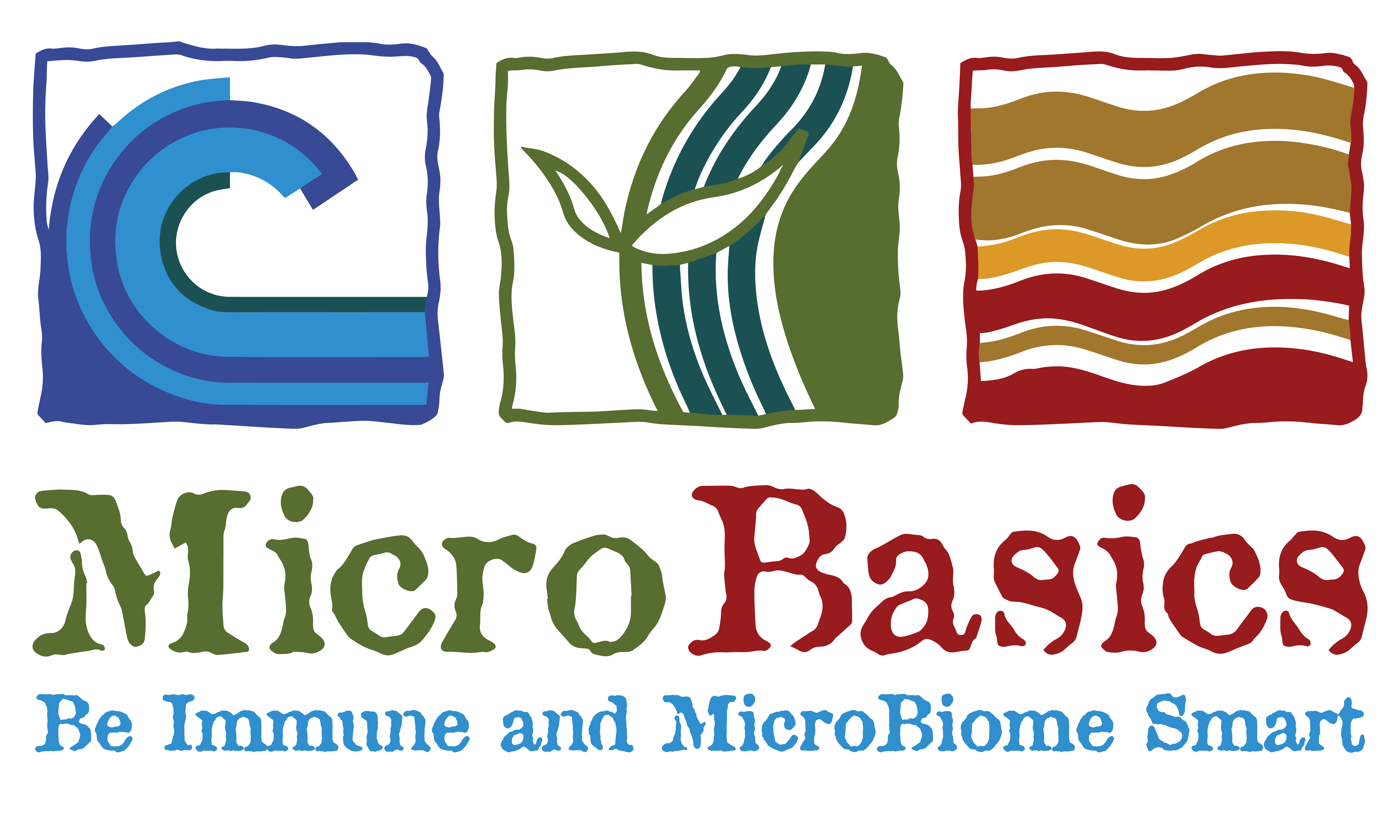Imagine you are a livestock producer and every single one of your animals is contaminated with a hazardous substance and must be destroyed. Back in 1973 that’s what happened to many farmers when a fire retardant called polybrominated biphenyls (PBB) was accidentally mixed into livestock feed. As a result over 500 contaminated Michigan farms were quarantined, and many animals had to be destroyed. Losses included approximately:
- 30,000 cattle
- 4,500 pigs
- 1,500 sheep
- 5 million chickens
- 800 tons of animal feed
- 18,000 pounds of cheese
- 2,500 pounds of butter
- 5 million eggs
- 34,000 pounds of dried milk products.
Between the time of distribution of feed and the destruction of contaminated animals, dairy, egg, and meat products, many people had been exposed to PBB from eating contaminated products. The Michigan Department of Public Health responded by embarking upon a long-term study to evaluate the health of those exposed to PBB. Negative effects from the exposure included:
- Abnormalities of the liver, kidney, skin, brain, eye, and adrenal glands.
- Thyroid problems.
- Lower Apgar scores.
- Earlier menstruation.
- Increased risk of miscarriage.
- Breast cancer.
- Urinary and genital problems.
It is now estimated that 8 million people carry the toxic chemical PBB in their bodies.
A Matter of When Not If
More recently another family farm faced the reality that their 3,665 cow herd would have to be euthanized due to contamination of another sort of fire retardant, per- and polyfluoroalkyl substances (PFAS).
July 2017 an inspection by Air Force scientists found water contamination of PFAS near Schaap Dairy which neighbored Cannon Airforce Base in Clovis, New Mexico. However, results were not communicated to nearby residents, and it was August 2018 before water at the dairy was finally tested. One of Schaap’s wells tested at 12,000 parts per trillion which is 171 times the EPA health advisory level of 70ppt. The groundwater had potentially been contaminated the entire time that Schaap owned the ground. Schaap’s entire herd drank this contaminated water. He was forced to dump around 15,000 gallons of milk per day. It took four years for a resolution, but ultimately, he was forced to euthanize his entire herd.
Forever Chemicals
PFAS, PBB, and other forever chemicals don’t break down easily and are stored in adipose tissue, which means they get passed along in meat and milk. Here are a few things you should know about forever chemicals.
- Almost half of all tap water in the United States contains forever chemicals.
- PFAS are found in non-stick cookware, microwave popcorn bags, water-repellent clothing, stain-resistant carpets, fire retardants, cosmetics, shampoos, toys, and even dental floss.
- Today there are nearly 15,000 PFAS substances.
- PFAS have a special bond of carbon and fluorine atoms that makes them incredibly strong and resistant to heat, water, oil, and dirt.
- PFAS do not fully degrade, leading to them accumulating in the environment and in the body.
- Exposure to PFAS can cause damage to the liver and immune system, has been linked to low birth weight, birth defects, developmental delays, and increased risk of prostate, kidney, and testicular cancers.
- Recent research found a link between PFAS exposure and delay in the onset of puberty, higher incidence of breast cancer, renal disease, and thyroid disease. A decrease in bone density in teenagers, and an increased risk of Type 2 diabetes in women.
It is not easy to get rid of forever chemicals. Reverse-osmosis water filtration helps but does not remove all PFAS. The E.P.A. has set a new standard for PFAS levels, but how will we handle the situation in our livestock production systems?
Binding Forever Chemicals
Ultimately forever chemicals are everywhere and can cause may animal and human health problems. Solutions to reduce forever chemical exposure should include water testing and filtration, binding of the chemicals, support of the liver and kidneys, and modulation of immune function.
Intercept FEND binds forever chemicals, removes them from the animal’s body, and keeps them bound when they are excreted.
- I.P.S. (Immune Positioning System) a blend of biological polysaccharides and polypeptides.
- Adsorbents (Yeast Cell Wall, and Montmorillonite Clay).
- Yucca schidigera modifies rumen fermentation.
- Dietary nucleotides increase the maturity and growth of normal enterocytes.
- Live Yeast
- Yeast Culture
- Prebiotics
- Probiotics
- Postbiotics
For more information on managing forever chemical challenges on your farm, please reach out to us at service@microbasics.com
Written by: Mariah Gull, M.S.
Sources:
The PBB Disaster at 50 Digital Archive (arcgis.com)
The History of PBBs in Michigan
Art Schaap’s Dairy Dilemma – New Mexico In Focus (newmexicopbs.org)
Air Force Pollution Forces New Mexico Dairy to Euthanize 3,665 Cows | Dairy Herd
Six Things to Know About ‘Forever Chemicals’ – The New York Times (nytimes.com)

